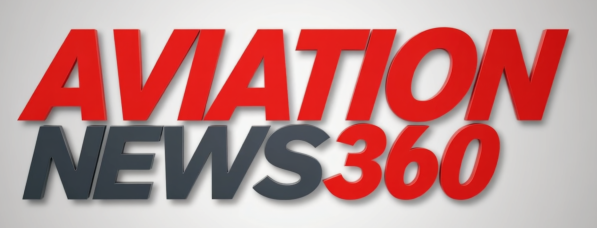[aviation news]
Lance Linton purchased Central Florida Airpark (2FA6) in February 2022. He said the decision to purchase an airport hundreds of miles away from his home was “random and happenstance.”
“I own a fairly large skydiving center myself, Skydive Baltimore,” Linton said. “My dad was also a skydiver and had known the former owner of this airport, Frank [Arenas], which at the time was called Freeflight Airport. So, I had known about the airport ever since I was a kid, but buying it was kind of a random thing.
“I heard that someone was thinking about opening a skydive center at Freeflight and did a quick search online. Instead of bringing up the skydiving listings, the first thing that popped up was a real estate listing that had been posted the day before. And at that time, I had no intention of buying an airport, although it had always been a dream of mine.”
Forty-five days later, Linton’s longtime dream had become a reality. The airport, which dates back to the early 1960s, had once been the base for a full-time drop zone. Reintroducing a skydiving operation to the airfield was a goal of its new owner.
“I’m based in Maryland, where our operation is seasonal, so I was really looking at the airport as a good winter base where we could bring our airplanes down to fly and do maintenance,” he said. “And we actually just had Edmonton Skydive out of Canada join us in November, who is opening Florida Skydive here. Florida Skydive operates six days a week year-round using Cessna 182 jump planes, with plans to add larger aircraft as business grows.
“They chose the area for several reasons. The main being the year-round good jumping weather that Central Florida provides. Another big draw is the airport’s location. Being just a few miles from both the Florida Turnpike and I-75, it offers easy access for customers from coming larger more populated cities such as Orlando and Tampa, coupled with the huge growth that we are seeing locally in close proximity to the airport, with the expansion of The Villages and the overall population growth that Central Florida is experiencing.”
The airport was in a good state when Linton purchased it, but there was some work to be completed before welcoming the new operation. Capital investments were focused on improving the runway and other existing aviation infrastructure elements.
“The airport was in operational condition, but it really hadn’t seen any improvements in at least 15 to 20 years,” Linton said. “We started out by doing a lot of little stuff, such as running water and electricity to a few of the hangars that didn’t originally have it. Then shortly after that, I built a 3,500-square-foot hangar, which is big enough to house a Cessna Caravan.”
The 4,100-foot-long-by-100-foot-wide grass runway was a post-acquisition focus as well. There are currently around 10 aircraft based at the field and a number of others who visit on occasion.

“Years ago, they dug ditches on both sides of the runway, so it actually drains well, and the soil is sandy, so it absorbs water pretty quickly,” Linton said. “But there was a fair amount of work to the runway that we did. It had a lot of low spots that needed to be fixed, so we brought in tons of fill dirt and leveled those sections. We also trimmed back some trees of the runway for more displacement. We just rolled it recently and have been proactive on other aspects of maintaining the runway, which is now in very good condition.”
The current infrastructure at Central Florida Airpark is suitable to house its current based aircraft.
“We have one enclosed hangar and four shaded spots, which are all occupied, and plenty of tie-down spots available,” he said. “And I get calls almost every day about hangar space because all of the local airports have multiyear waiting lists.”
Some of the increased interest in hangar space has been from those who have retired to The Villages, which is less than a half hour drive away from the airport. Welcome news to area aviators is that Linton has a plan to meet this demand.
“Within the next two to three years we are looking at adding some more shaded hangar spots, and 100LL fuel sales within the next six months,” he said. “And longer term, we have the correct zoning with the county to be able to sell individual, deeded lots for hangars. They are not residential, but you would be able to build a hangar that’s directly associated with aviation activities.”
Owning an airport hasn’t been easy, but it certainly has been rewarding, Linton advised.
“I guess my biggest surprise with the airport was the amount of work involved in maintaining the property,” Linton said. “During the time I had the airport under contract, I had to keep reminding myself that that wasn’t going to be all fun and that maintaining a property like this would be a big undertaking, but I had no idea just how big of an undertaking it was.
“When I bought the airport, I didn’t own as much as a weed wacker and had no idea how to operate a tractor. A year later I had two tractors, a UTV, and five different tractor attachments that were necessary for property upkeep. Mowing, weed eating, and general property maintenance, especially during the Florida summers, is an almost never-ending job.
“[Since] our runway is bordered by trees on both sides, that adds another challenge as limb trimming and limb debris cleanup after storms needs to be done regularly, along with repairs from wildlife that wanders onto the runway, which isn’t uncommon. But it’s a labor of love.”
Share this content:

